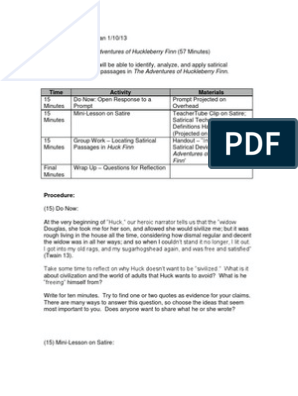0% found this document useful (0 votes)
164 views10 pagesFreud's Psychoanalytic Theory
Uploaded by
Neha RathoreCopyright
© © All Rights Reserved
We take content rights seriously. If you suspect this is your content, claim it here.
Available Formats
Download as DOCX, PDF, TXT or read online on Scribd
0% found this document useful (0 votes)
164 views10 pagesFreud's Psychoanalytic Theory
Uploaded by
Neha RathoreCopyright
© © All Rights Reserved
We take content rights seriously. If you suspect this is your content, claim it here.
Available Formats
Download as DOCX, PDF, TXT or read online on Scribd
/ 10


































































































